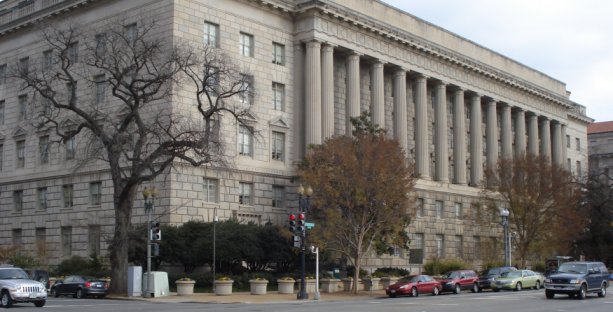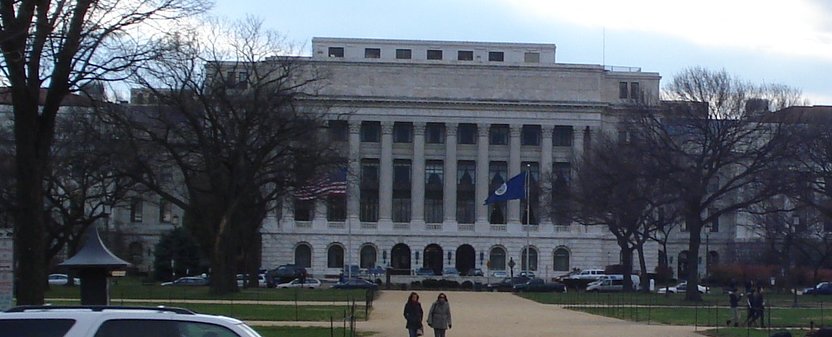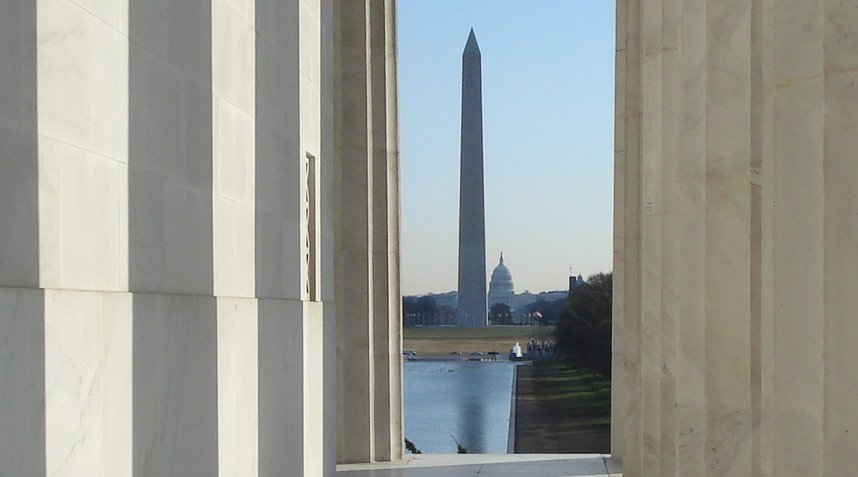Not many people are around here on the day after Thanksgiving. I like to work on such days. Volunteering for such duty makes me popular and the quiet time gives me a chance to think. This is my most productive activity.
Below is the Commerce Building. When it was finished in 1932 it was the largest office building in the world.

I read the Seven Habits of Highly Effective People almost twenty years ago. It was one of the books that most influenced my life. There is not very much really original in the book. Stephen Covey’s contribution is that he manages to put things we know we should do into understandable chunks. I won’t go further into detail. Suffice it to say that it gives practical methods to live a principle centered life and puts character development above the tricks most self-help books teach you to get ahead.
One of the parts I found most useful was the section on time management. I am not talking about making lists and accomplishing goals. Covey talks about doing the right things and taking control of the process. He divides tasks on a four quadrant chart. Some things are urgent and important. Some are important but not urgent. Others are urgent but not important and the last quadrant has things that are not urgent or important.
It is easy to get stuck doing the things that are urgent, whether they are important or not. Can you resist picking up a ringing phone, even when you are having an important talk with someone in person sitting in front of your desk? But the urgent is often not important and the urgency of many important events results from lack of anticipation and planning. The place where you should spend most of your time is among the tasks that are important but not urgent. (Preventing the fire is more effective than the urgent need to put it out, but which seems more heroic?) This will put you in charge of your life and help you avoid lurching from one urgent task to another w/o the time to do them well. It will also help you avoid doing many “urgent” things altogether.
BTW – I am writing all this from memory. If the details are not perfect, I don’t care. I had a chance to meet Mr. Covey a few years ago. He told me that the ideas were meant to be internalized and changed to fit particular circumstance and personalities. Ideas are like virus that live & reproduce only in human hosts. They mutate and adapt. The ideas I was “infected” with twenty years ago are now uniquely mine. My experience has customized them and these are the lessons I took.
Below is Dept of Agriculture building completed in 1930.

I rarely agonize about decisions. People who like me say that is because I just know the right thing to do. Detractors see me as shallow, flippant & insouciant. I believe the truth is that I can make quicker decisions because I have thought through similar scenarios and tried to apply values & integrate experience and I did this BEFORE I was faced with the urgent decision currently at hand. Contemplation is an activity that fits squarely into the important but not urgent category. That does not mean that I make the right decision, BTW, but I am neither flippant (usually) nor do I just know what to do by some mystical process.
Covey and many other leadership thinkers tell us that is what we are supposed to do, but they always warn that other people might not like it (hence the flippant moniker) and they will give us a hard time for “not doing real work.” All of our great achievements are created twice: first and most importantly in our minds and then only later in the practical world. The intellectual capital is usually the most valuable, but others can see only the practical creation or activity.

There is a story about a man who has a serious plumbing problem. He calls the plumber who tells him he can fix the problem and it will cost $100. The plumber goes down and whacks one of the pipes and everything begins to move as it should. When he asks for his $100, the customer is irate. “All you did was whack the pipe and it took only a couple seconds,” he says. “I want an itemized bill.” The plumber gives him the bill which reads: whacking pipe – $.05; knowing where and how to whack pipe – $99.95.
